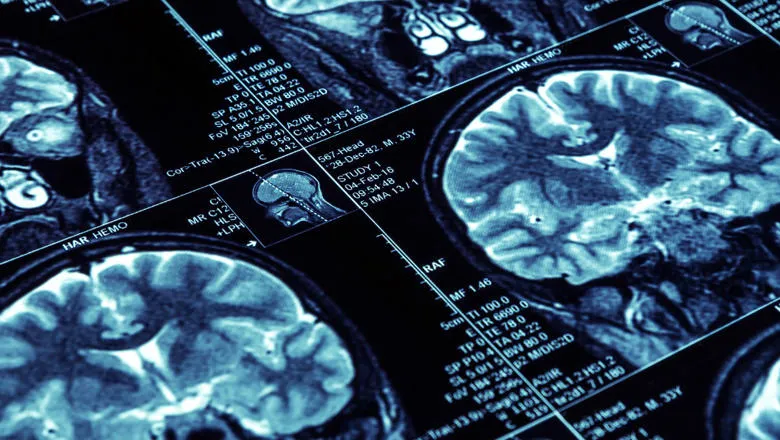“Depression can have a huge impact on a person’s day to day life. Not only is it the leading cause of disability, but also the main precursor to suicide. Despite this, we do not have any biomarkers to help us to identify depression and we can't predict treatment response at the individual level. In this study, we used machine learning to analyse MRI scans in depression. Our findings are a vital first step in defining the biomarkers that make up depression.”
Professor Cynthia Fu, the study’s joint first author from King’s IoPPN and UEL
12 January 2024
Brain structure predicts treatment response to antidepressant and placebo medications
Researchers have used artificial intelligence to analyse the brain images in people living with Major Depressive Disorder (MDD).

New research from the Institute of Psychiatry, Psychology & Neuroscience (IoPPN) at King’s College London, University of East London (UEL) and the University of Pennsylvania has used artificial intelligence to analyse the brain images in people living with Major Depressive Disorder (MDD).
The research, published in Nature Mental Health, revealed that the amount of grey and white brain matter in MDD could predict treatment response to traditional antidepressants (SSRIs) and to placebo medication.
Grey matter in the brain has several responsibilities, including the processing of sensation, perception, voluntary movement, learning, speech and cognition. White matter is responsible for providing communication between different areas of grey matter both in the brain and in the rest of the body.
Despite MDD affecting over 320m people worldwide, researchers are yet to establish biomarkers that can help to predict treatment response. Researchers in this study wanted to explore if there are distinct brain mechanisms that underlie the presentation of the illness.
They studied the brain scans of 685 participants with a confirmed diagnosis of MDD, who were experiencing a depressive episode of at least moderate severity, and who were not taking any medication at the time of the scan. This was compared to the brain scans of 699 healthy controls.
The research team established two distinct “dimensions”. Dimension 1 (D1) was characterised by preserved grey and white matter, similar to levels found in the healthy controls. Conversely, those in Dimension 2 (D2) displayed widespread decreases.
Researchers also wanted to investigate how these dimensions related to a clinical response to the use of antidepressants. They found that participants in D1 showed a significantly greater response to SSRI medication compared to placebo. Those in D2 on the other hand showed no significant differences in the effectiveness of SSRIs or placebos. The research team suggest that this could act as a biomarker for identifying the likelihood of treatment resistance much earlier.
Dr Mathilde Antoniades, the study’s joint first author said, “Researchers from around the world are generously sharing data in MDD participants who were all medication-free," and Professor Christos Davatzikos, from the University of Pennsylvania, said "We are using state-of-the-art AI methods in this unique dataset."
Researchers now hope to define the disease-based dimensions that are specific to depression and those which are shared with other mental health disorders.
This work was supported by, among others, an NIMH RO1 grant to Professors Fu and Davatzikos.
Neuroanatomical dimensions in medication-free individuals with major depressive disorder and treatment response to SSRI antidepressant medications or placebo (DOI10.1038/s44220-023-00187-w) (Fu et al) was published in Nature Mental Health.
